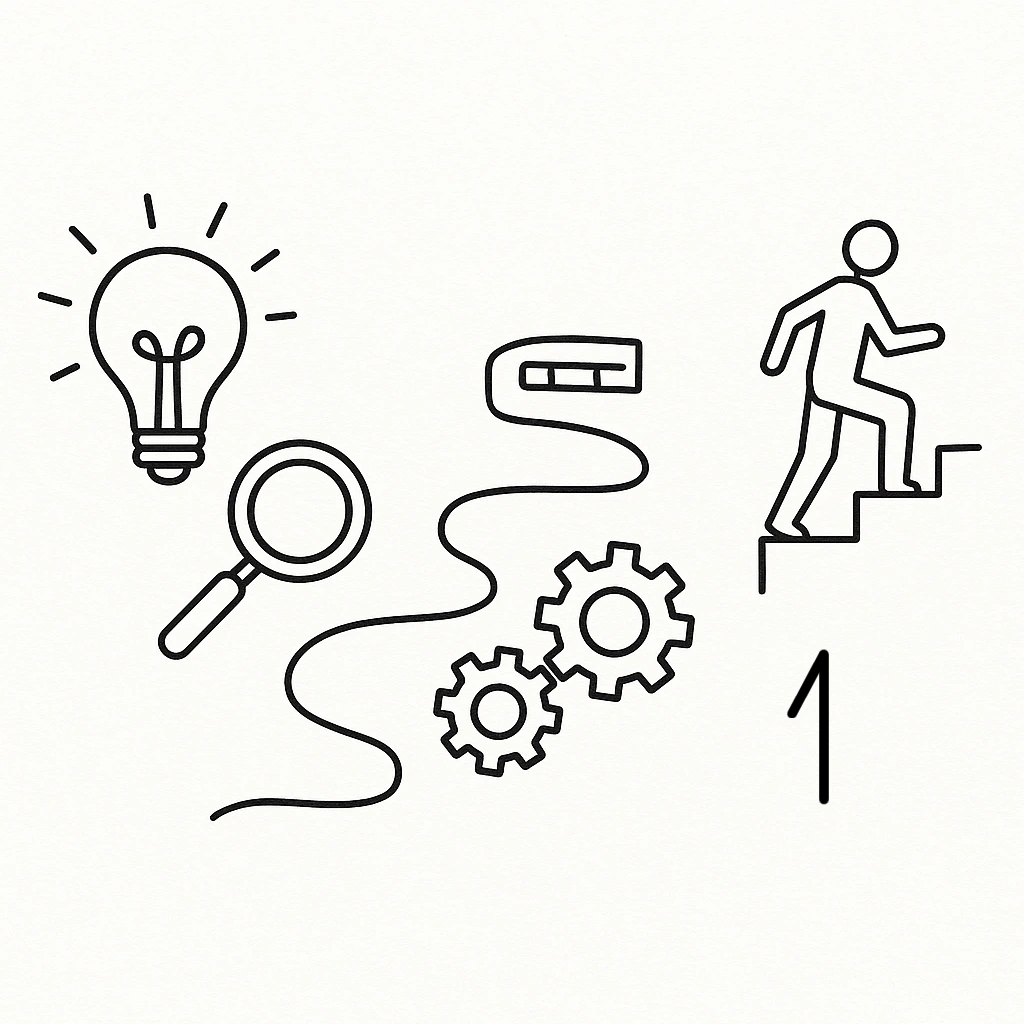Picking the right career can feel like a huge, confusing decision, especially when most of the industries are changing how they are hiring new employees.
The good news? You don’t need to guess. Here’s a simple, step-by-step way to find a career that actually fits you.
1. Know What You’re Naturally Good At
This is something AI Can’t Replace (Your Unique Strengths).
AI is great at repetitive tasks, but it can’t replicate human creativity, emotional intelligence, or problem-solving. That’s where you come in.
Before jumping into job searches, take some time to understand yourself better. What are you naturally good at? What do people often compliment you on?
There are some great (and free!) tools that can help you figure this out:
- 16Personalities – A fun, easy test that breaks down your personality and how you work best.
- HIGH5 Test – Focuses on your top strengths in work and life.
If you want something more in-depth, paid tools like CliftonStrengths or DISC Assessment can give you deeper insights into how you operate.
Once you know your strengths, you’ll have a clearer idea of what kinds of jobs might suit you
2. Make a List of Your Skills (Even the Small Ones)
Next, think about the things you’re already good at, especially the ones that feel effortless. Ask yourself:
- What do I enjoy doing in my free time?
- What tasks make me lose track of time?
- What’s something I find easy that others struggle with?
These are clues to your natural skills. Maybe you’re great at organising, explaining things simply, or solving problems creatively. They may not always feel special to you, but to others, they might be rare or valuable. Don’t overthink it, just note whatever comes to mind.
3. Match Your Strengths to Real Jobs
Now, try to connect the dots. Look at your personality traits, your strengths from the tests, and your personal skills list. Where do they overlap?
That overlap is your sweet spot—where your strengths and interests meet. This is a strong foundation for your career path.
From here, do a bit of research. Are there roles or industries where people like you thrive? Are there jobs where your skill set is in demand?
You don’t need to figure everything out today, but this step gives you direction.
For example:
- If you’re detail-oriented + love writing → Editing, content creation, or research roles might fit.
- If you’re people-focused + great at solving problems → Customer service, coaching, or HR could be a match.
4. Test Your Ideas (Before Committing)
Instead of just thinking about careers, try them out in small ways:
- Freelancing – Offer your skills on Fiverr or Upwork.
- Internships/Shadowing – Spend time in a field you’re curious about.
- Side Projects – Start a blog, design something, or volunteer in a related area.
You don’t need a perfect resume or years of experience to test things out. Just take small steps and see what feels right.
Final Thoughts
The best career path isn’t about predicting the future, it’s about staying flexible. Focus on what makes you unique, keep learning, and adjust as tech changes.
Choosing a career isn’t a one-time decision, it’s a process. But if you start by understanding your strengths, recognising your natural skills, and testing things out in the real world, you’re already on the right path.
You don’t need to have it all figured out. Just take the next step and make sure it’s one that feels right for you.

